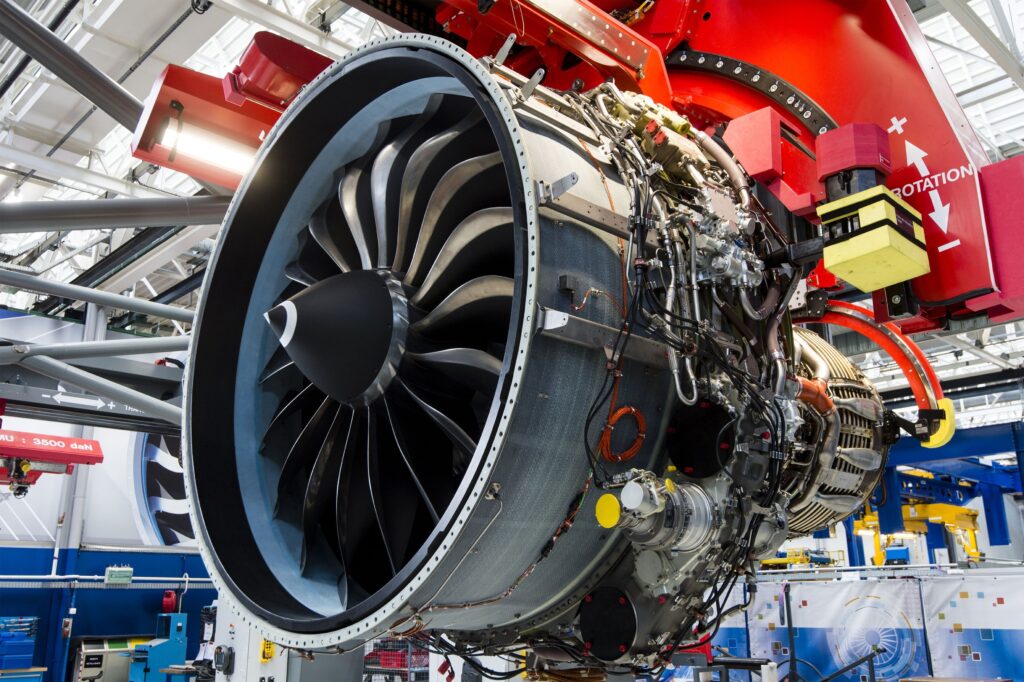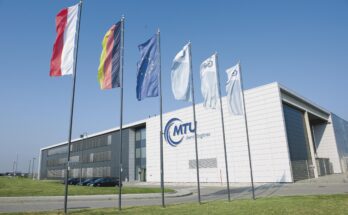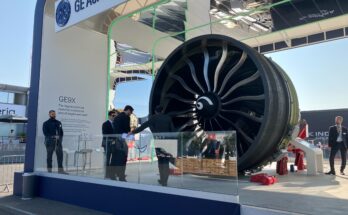
GE Aerospace reported a surge in revenue and profits for the third quarter of 2025, prompting the company to raise its full-year guidance as demand for commercial and defense engines remains robust and supply chain constraints continue to ease.
The aerospace giant posted a 26% increase in adjusted revenue, reaching $11.3 billion for the quarter, alongside a 44% jump in adjusted earnings per share to $1.66. Free cash flow soared 30% year over year to $2.4 billion, reflecting strong operational execution and improved output across both commercial and defense segments.
“GE Aerospace delivered an exceptional quarter, with revenue up 26%, EPS up 44%, and more than 130% free cash flow conversion,” said GE Aerospace Chairman and CEO H. Lawrence Culp Jr. “Given the strength of our year-to-date results and our expectations for the fourth quarter, we’re raising our full-year guidance across the board.”
The upbeat results come amid rising demand for air travel, a steady recovery in airline maintenance activity, and increased defense orders globally. GE’s commercial engine deliveries rose 33% compared to the same period last year, with record production of its LEAP engines—up 40% year over year. Services revenue, which includes engine maintenance and parts, climbed 28%.
GE’s Commercial Engines & Services (CES) unit remained the company’s primary growth driver, booking $10.3 billion in new orders—a 5% increase from the prior year. The division’s $8.9 billion in revenue marked a 27% rise over Q3 2024, fueled by both higher service volumes and new engine deliveries. Internal engine shop visits rose 33%, while spare parts sales increased more than 25%. Despite ongoing challenges with product mix and the timing of equipment orders, CES profit margins expanded, aided by better pricing and improved supply chain coordination. GE cited a 35% increase in materials received from key suppliers compared to a year ago, which helped the company meet customer demand and avoid the production delays that have plagued the industry in recent years.
In the defense segment, GE Aerospace saw revenue climb 26% to $2.8 billion, even as orders dipped slightly due to timing. Deliveries of military engines surged 83%, with profit in the division growing 75% year over year. The segment’s margin expansion of nearly four percentage points underscores the company’s ability to leverage scale and mix advantages in the high-stakes defense market. During the quarter, GE also completed its first supersonic engine test campaign and announced a new partnership with BETA Technologies to co-develop hybrid-electric propulsion systems—a move aimed at expanding its role in next-generation flight technologies.
GE Aerospace secured major wins during the quarter, including a landmark deal with Korean Air, which selected GE and CFM engines to power a fleet of 103 Boeing aircraft—the largest aircraft order in the airline’s history. Cathay Pacific also expanded its commitment to GE’s GE9X engines, bringing its total orders to over 70 units.
The company highlighted progress in engine durability programs, with testing underway for the GE9X and the next-generation CFM RISE platform. These developments are part of GE’s broader strategy to boost engine performance and reliability while preparing for future propulsion technologies.
Based on its year-to-date performance, GE Aerospace raised its full-year 2025 outlook. The company now expects commercial services revenue to grow in the low- to mid-20% range, up from the high teens previously forecast.



